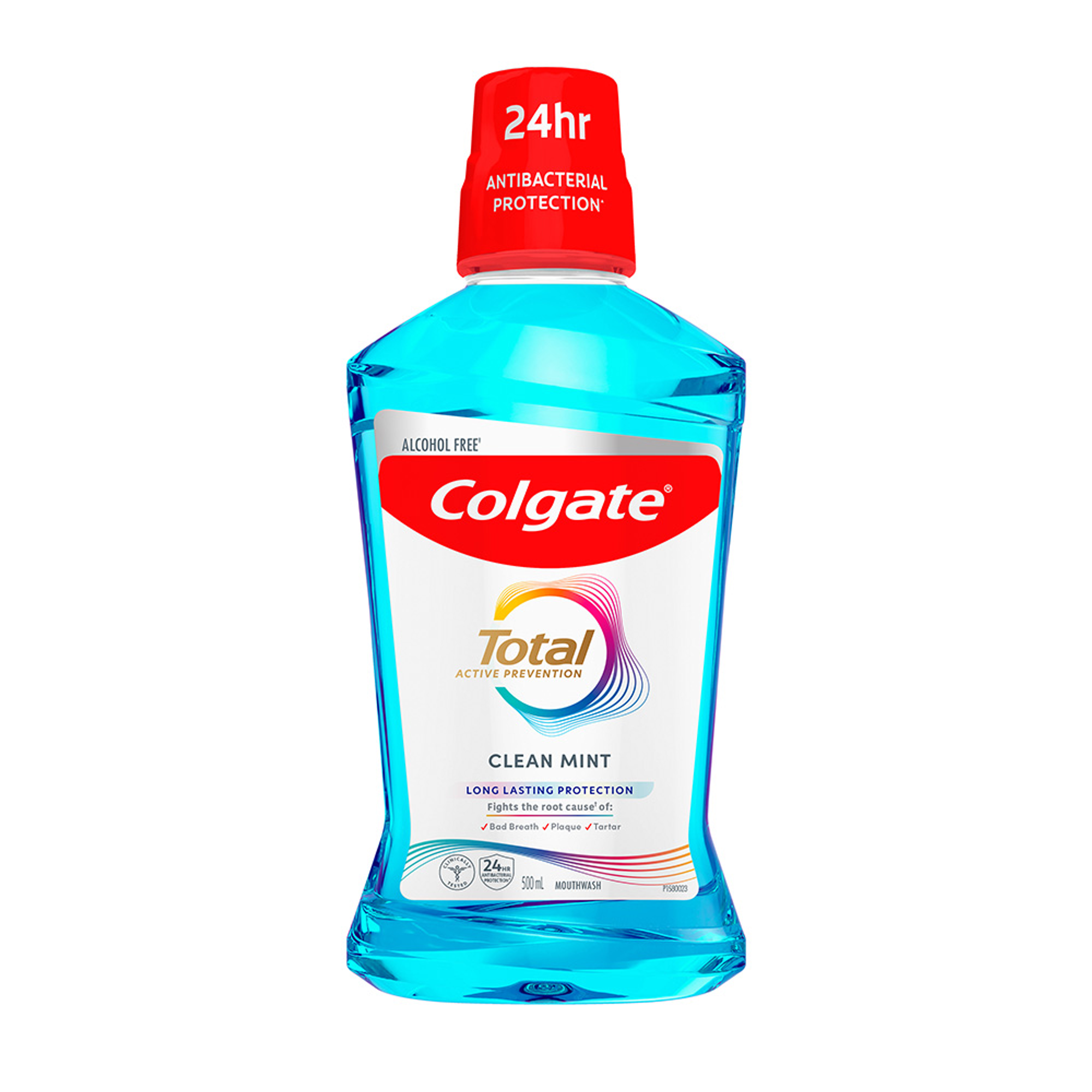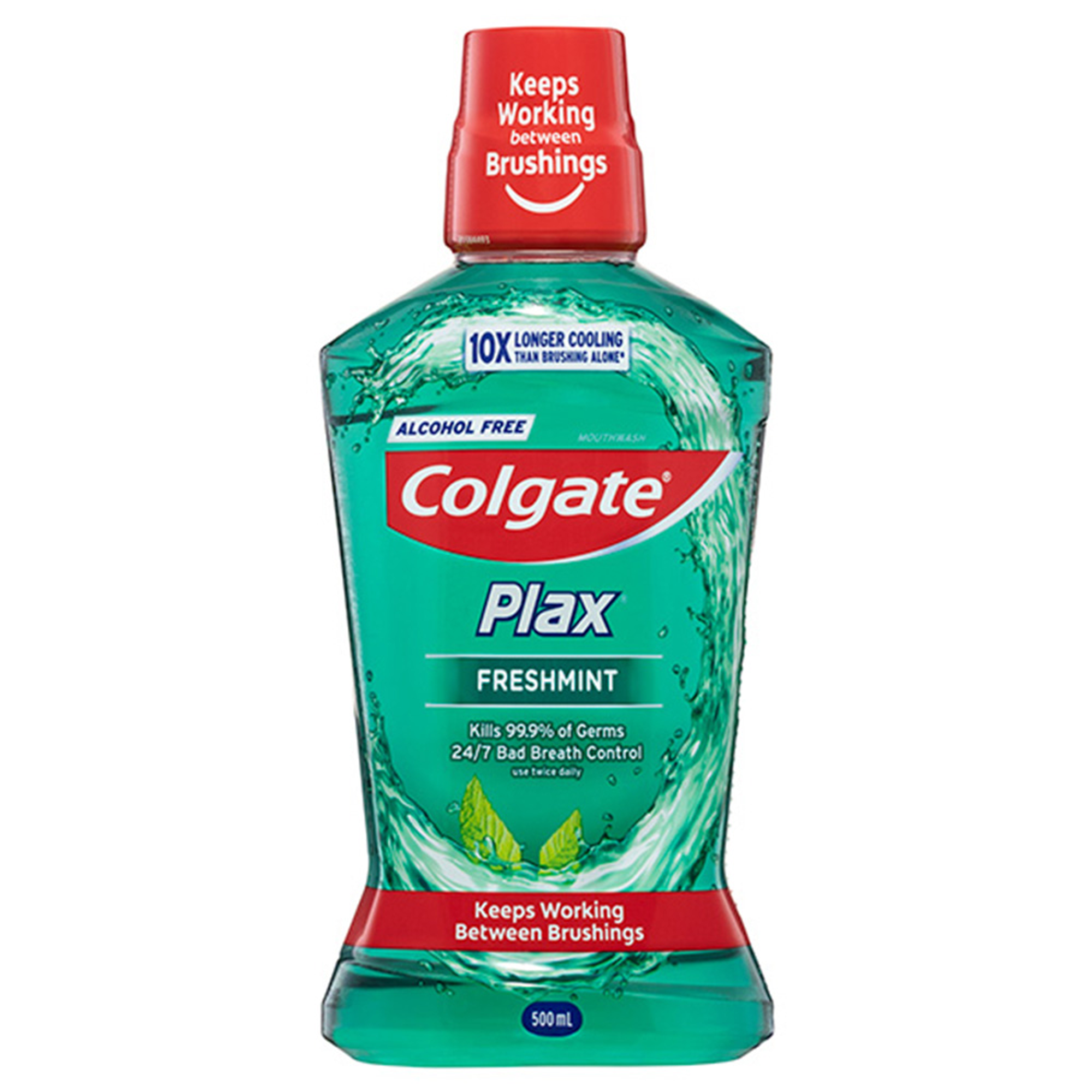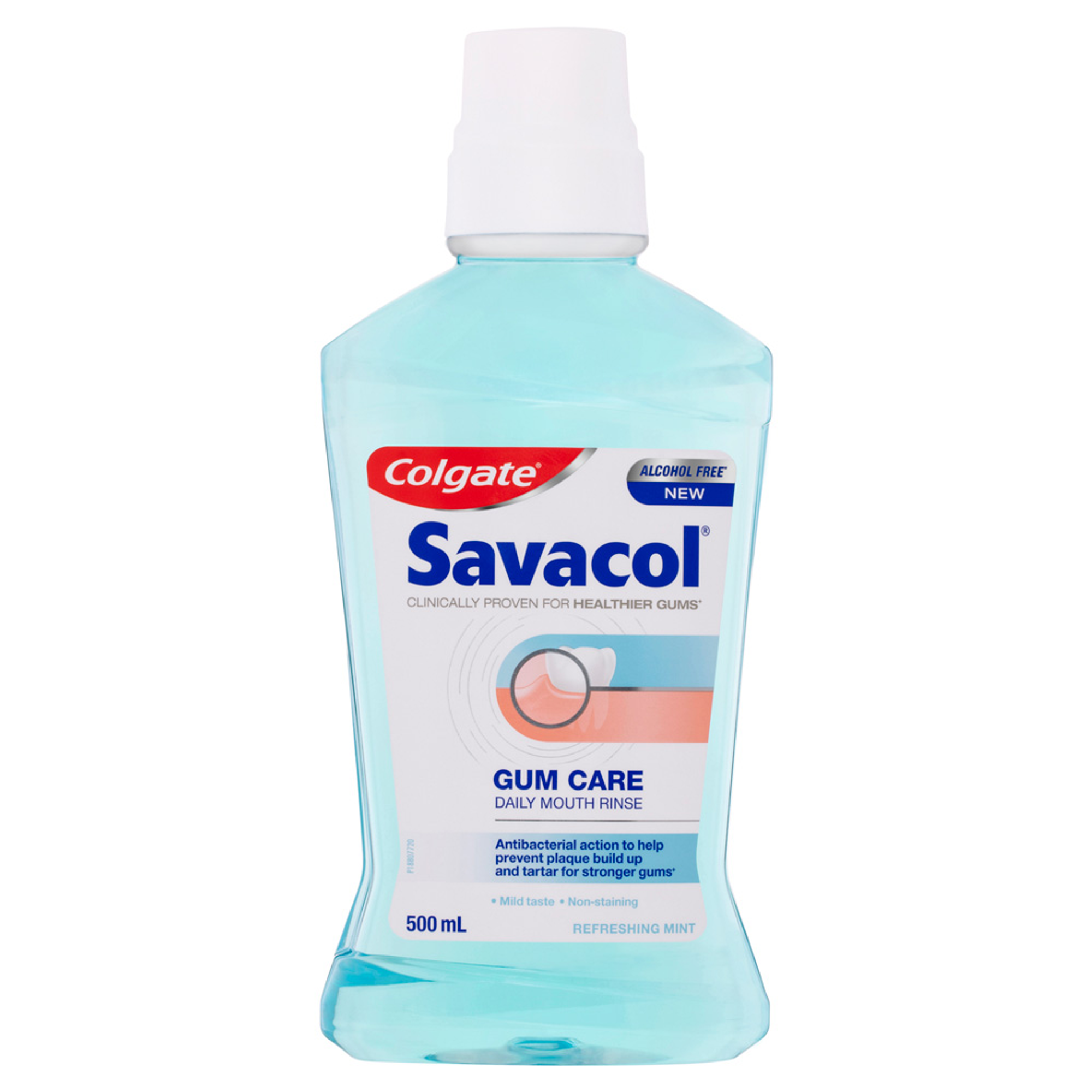Throughout your dental education and career, you will no doubt come across dentine hypersensitivity often. In this article, we explore the causes of this very common condition and consider why some people are more susceptible to sensitivity than others. We also discuss the current best-practice methods for diagnosing and treating dentine hypersensitivity in your patients.
What is dentine hypersensitivity?
Dentine hypersensitivity is defined as a short, sharp pain resulting from exposed dentine, with open dentinal tubules, in response to a particular stimulus and which cannot be explained by another oral health condition or disease, e.g., dental caries. The dentinal tubules are narrow, fluid-filled channels leading to the dental pulp. Dentine hypersensitivity is believed to result from movement of the fluid within the dentinal tubules, stimulating the nerves and leading to the characteristic pain of dentine hypersensitivity in the presence of stimuli.
Common stimuli include:
Hot or cold foods or drinks
Cold air
Acidic or sugary foods or drinks
Touch or pressure, e.g. toothbrushing.
What makes some people more susceptible to sensitivity?
Up to 57% of patients are reported to suffer from dentine hypersensitivity, but some are more susceptible than others. One finding has been that individuals with sensitivity had more dentine tubules than others.
Dentine becomes exposed when the enamel and/or cementum covering it is lost. The causes of enamel loss include:
Attrition, commonly caused by bruxism (teeth grinding).
Abrasion, often caused by overly aggressive tooth brushing.
Erosion from non-bacterial acids.
Abrasion and erosion also cause cementum to be lost.
Erosion is a common cause of enamel loss, the result of exposure to extrinsic acids (typically due to repeated consumption of acidic foods and drinks) and gastric acid present intraorally due to repeated vomiting or Gastro-Oesophageal Reflux Disease (GORD). Initially, these acids cause a loss of minerals from the surface of the tooth enamel (demineralisation) which softens it. This softened enamel is easily worn away.
Saliva helps to protect the enamel by buffering the intraoral pH, helping to prevent or limit a damaging decrease in pH, saliva also supplies calcium and phosphate for remineralisation.
A net loss of minerals over time with repeated excessive acid exposure results in erosion progressing to irreversible enamel loss. Cementum is not as strong or thick as enamel. That means that if root surfaces are exposed, erosion can progress quickly to complete loss of the exposed cementum.
How is dentine hypersensitivity diagnosed?
Despite the high prevalence of dentine hypersensitivity, many sufferers accept sensitive teeth as a fact of life and do not seek treatment. For that reason, it is good practice to proactively initiate a discussion with your patients at each appointment.
When patients report sensitivity, the first step is to get an accurate picture of their pain. You might ask questions like:
When did the pain start?
Can you describe the pain, e.g., short, sharp, stabbing, throbbing?
Does anything in particular trigger the pain?
Does anything help to relieve the pain?
How long does the pain last?
How intense is the pain?
Since patients do not always report sensitivity, it is also important to ask probing exploratory questions that might open up a discussion.
Next, you will discuss the patient’s medical history, oral health habits and lifestyle behaviours to identify risk factors, and conduct a clinical exam. Dentine hypersensitivity is a diagnosis of exclusion, so you first need to perform a differential diagnosis and rule out other conditions such as dental caries or cracked teeth.
As part of the clinical exam, you might try to reproduce the patient’s pain. For example, you can use hot/cold water or an air blast to replicate a thermal trigger, or a dental explorer to replicate tactile stimulation. Not only does this help to confirm the link, but it helps you to measure the severity and compose an appropriate treatment plan.
Pain is a subjective experience and can vary greatly from person to person. However, there are some helpful measures we can use to quantify pain. One such tool is the Visual Analog Scale (VAS), which asks the patient to indicate their pain on a 10 cm continuum. 0 cm indicates no pain, while >5 cm is considered to represent significant pain. If the patient reports sensitivity to cold air specifically, you may use the Schiff Cold Air Sensitivity Scale to measure their reaction to a blast of cold air.
How is dentine hypersensitivity treated?
When a diagnosis of dentine hypersensitivity has been reached, treatment can be provided, using in-surgery and/or home use products. These work in one of two ways, either by occluding the dentinal tubules which then prevents movement of tubular fluid or with use of a depolarising agent that prevents the transmission of pain signals.
For in-surgery treatment, you can apply a 5% sodium fluoride varnish (22,600 ppm fluoride) such as Colgate Duraphat. Another in-surgery option, in this case for use to relieve sensitivity prior to patient care (e.g. to prevent pain when the air-water syringe is used), is Colgate Sensitive ProRelief toothpaste. This contains Pro-Argin technology which incorporates Arginine and calcium carbonate for occlusion of the dentinal tubules. Sensitivity relief is rapidly obtained after applying the paste directly to a sensitive tooth with your gloved fingertip and gently massaging the area for 1 minute. The patient can be given the remainder of the tube to use for sensitivity relief at home.
Dentine hypersensitivity is frequently managed at home, with the use of anti-sensitivity fluoride toothpastes such as Colgate Sensitive Pro-relief or potassium nitrate/citrate toothpastes. Colgate Sensitive Pro-relief paste contains Pro-Argin technology which occludes dentinal tubules for instant and long-lasting sensitivity relief, with twice-daily continued brushing. For instant relief, apply toothpaste directly to the sensitive tooth with a finger tip and gently massage for 1 minute. Potassium nitrate/citrate is a depolarising agent that reaches the nerve and prevents transmission of pain signals to the brain.
It is important to also coach patients on oral care and to help eliminate any contributing causes. For example, a patient may require:
Dietary counselling to minimise extrinsic acids; and/or
Referral to a doctor/GP in cases of relevant conditions associated with repeated vomiting, e.g., bulimia.
Oral hygiene advice on how to brush teeth without causing abrasion
With these approaches you can help your patients control their dentine hypersensitivity.
Colgate Sensitive Multi Protection toothpaste.
Contains Potassium citrate 55.3 mg/g, Sodium monofluorophosphate 7.6 mg/g, Zinc citrate trihydrate 20 mg/g
Indications: For the relief of tooth sensitivity.
Colgate Sensitive Whitening toothpaste.
Contains Potassium citrate 55.3 mg/g, Sodium monofluorophosphate 7.6 mg/g
Indications: For the relief of tooth sensitivity.
Colgate Sensitive Enamel toothpaste.
Contains Potassium citrate 55.3 mg/g, Sodium monofluorophosphate 7.6 mg/g, Zinc citrate trihydrate 20 mg/g
Indications: For the relief of tooth sensitivity.
Colgate Sensitive Advanced Clean toothpaste.
Contains Potassium nitrate 50 mg/g, Sodium fluoride 2.2 mg/g
Indications: For the relief of tooth sensitivity.
Colgate Sensitive Pro-Relief toothpaste.
For the relief of tooth sensitivity.
Colgate-Palmolive Pty Ltd, Sydney, NSW Australia
Join us
Get resources, products and helpful information to give your patients a healthier future.
Join us
Get resources, products and helpful information to give your patients a healthier future.











